- Home
- Machining techniques
- CNC Machining Services
- Cooperative supply services
- Designs
- Materials
- Finishing Services
- Shop
- Products
- Guide
- About Us
- Contact Us
2021.2.18
CNC machining and rapid prototyping have become the mainstream of skill processing methods. In industrial manufacturing. The understanding of these two skills is the key to the correct selection of processing tools. This article will introduce the difference between rapid prototyping (RP) and CNC machining, as well as the features of them. Because understanding these two skills is particularly important for choosing the right processing.
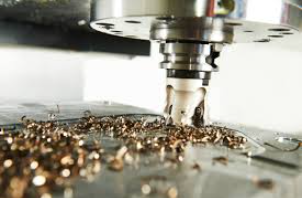
What Is The Difference Between CNC Machining And Rapid Prototyping
In the past 15 years, prototype imitation has made great progress. From a professional point of view, there are also some differences between them, so there are many discussions. The loyal supporters of RP and CNC are focusing on their favorite technical advantages. At first, most RP skills have a significant advantage in speed, but the further development of skills is constrained by the problems of accuracy and material function. Since the appearance of RP, because of the threat of some competitions, CNC can bring well-known benefits along with the improvement of speed. The accuracy, material function and surface polishing of the same RP were also improved.
CNC Machining And Rapid Prototyping: Materials
First of all, materials. RP processing skills are constrained to a great extent; the research on processing raw materials has experienced a long process. The scale of material selection has become larger and the function has been ensured. Nowadays, the available materials are metal, plastic, ceramic and composite materials, and the selection of materials is still subject to some constraints. Moreover, the functions of most materials do not match well with the processing, molding and pouring of materials. In contrast, CNC machining skills are almost free from any constraints; in machining, almost all materials can be cut.
CNC Machining And Rapid Prototyping: Dimension
Secondly, we have to talk about the problem of the maximum dimension of processing parts. The maximum dimension of RP is 600 x 900 x 500mm. Although the existing industrial equipment can not process the dashboard or baffle, the existing prototype can be used to produce most of the general merchandise and industrial products. If the parts to be produced by the equipment are too large, its components can be produced first and then connected to form a complete part. It is necessary to note that scale has an impact on time, and it takes a long time to make larger parts.
CNC Machining And Rapid Prototyping: Scale
CNC machining is widely used, and can produce aircraft parts; CNC machining can produce practical parts and modules, ranging from desktop equipment to bridge equipment. It can be said that the constraint of CNC scale only comes from the mechanical things used. In the end, it comes down to the degree of clutter in processing parts; the degree of clutter in RP processing is basically unrestricted; if a sample can be molded with design software, then the production time or cost will not be affected. Agile and cheap production of messy parts is one of the biggest advantages of RP.
However, CNC machining is constrained; CNC machining is necessary to deal with all the details of the components. When the clutter of parts is added, the number of equipment required and the change of things will increase accordingly. Large aspect ratio, deep groove, deep hole and square corner will increase the cost of CNC cutting equipment. Five axis cutting tools and some skills can overcome these deficiencies, but simple operation like undercutting can also cause problems. To sum up, CNC and rapid prototyping are different in machining function.
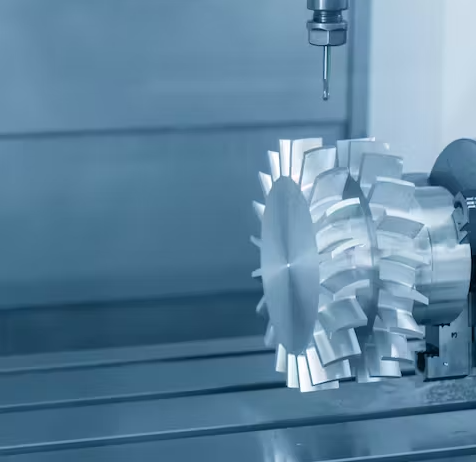 CNC Machining VS Manual Machining: What is the Difference Between CNC and Manual Machining
CNC Machining VS Manual Machining: What is the Difference Between CNC and Manual Machining
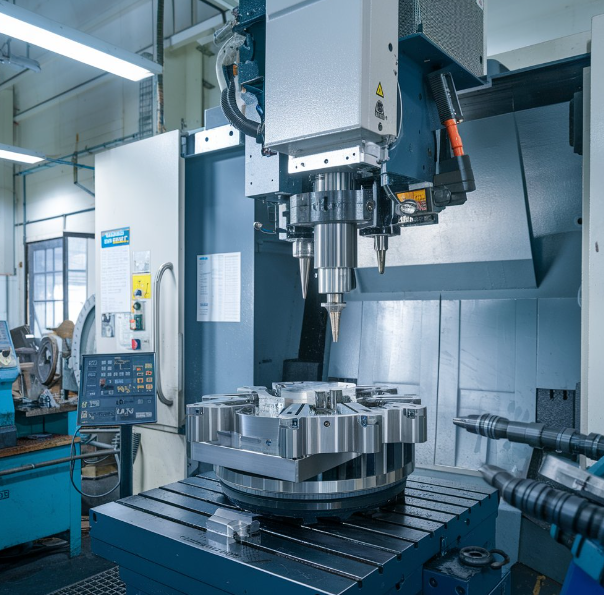 Why Choose China CNC Machining and How to Find the Best CNC Machining Manufacturer
Why Choose China CNC Machining and How to Find the Best CNC Machining Manufacturer
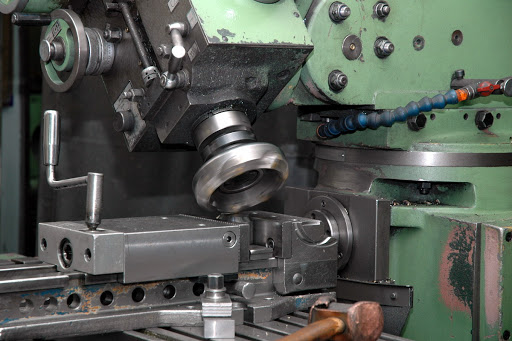 CNC Machining Vs Conventional Machining – Difference Between CNC Machining And Conventional Machining
CNC Machining Vs Conventional Machining – Difference Between CNC Machining And Conventional Machining
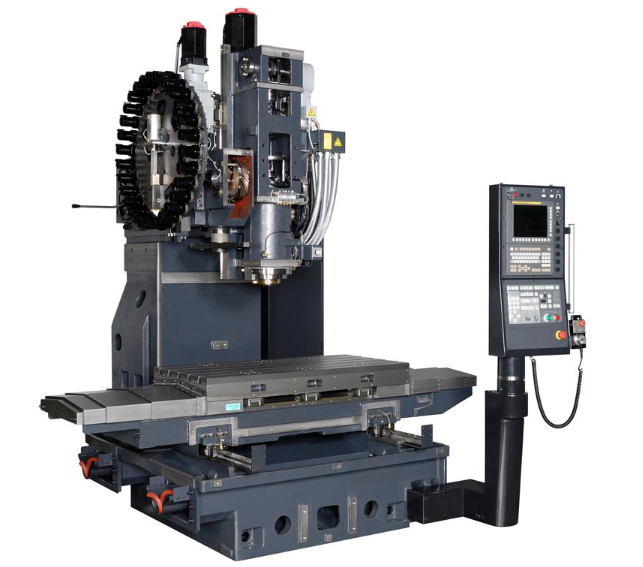 What is CNC Vertical Machining Center – VMC Machine Applications & Difference Between Horizontal Machining Center
What is CNC Vertical Machining Center – VMC Machine Applications & Difference Between Horizontal Machining Center
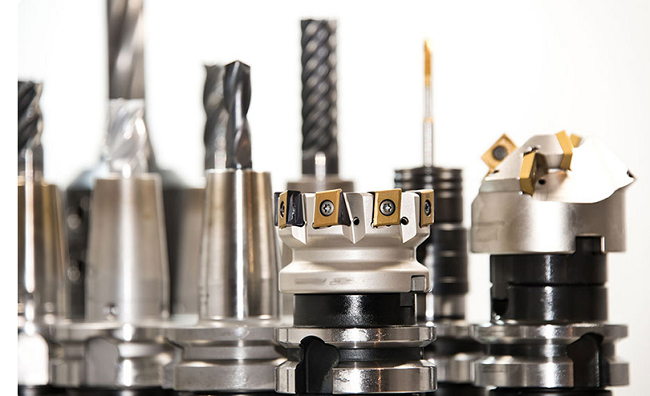 Top 12 CNC Machining & Programming Experiences | CNCLATHING
Top 12 CNC Machining & Programming Experiences | CNCLATHING
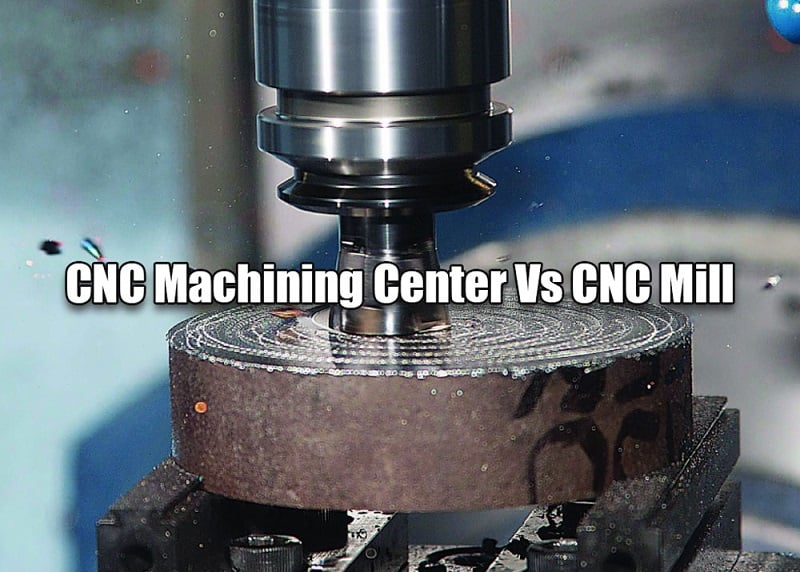 CNC Machining Center Vs CNC Mill – Difference Between Machining Center And Milling Machine In Programming
CNC Machining Center Vs CNC Mill – Difference Between Machining Center And Milling Machine In Programming
